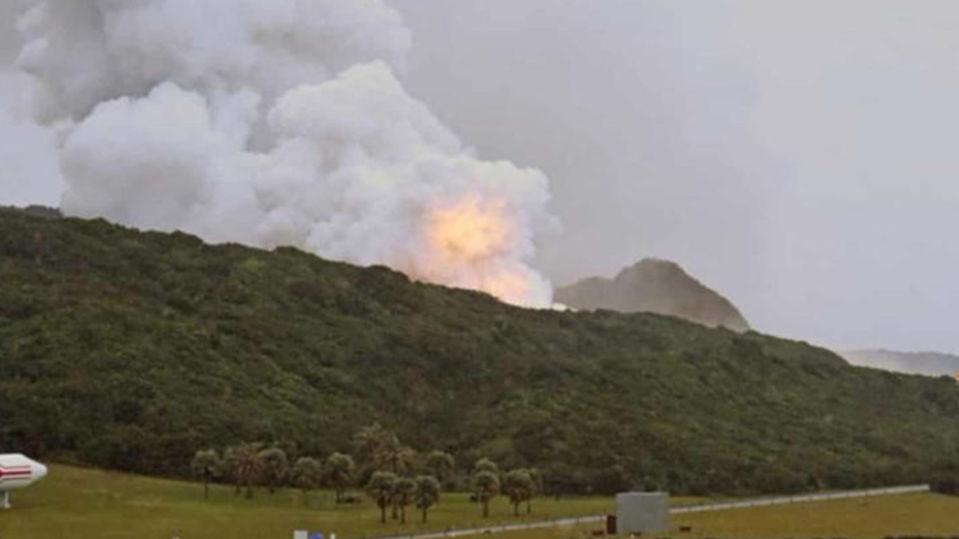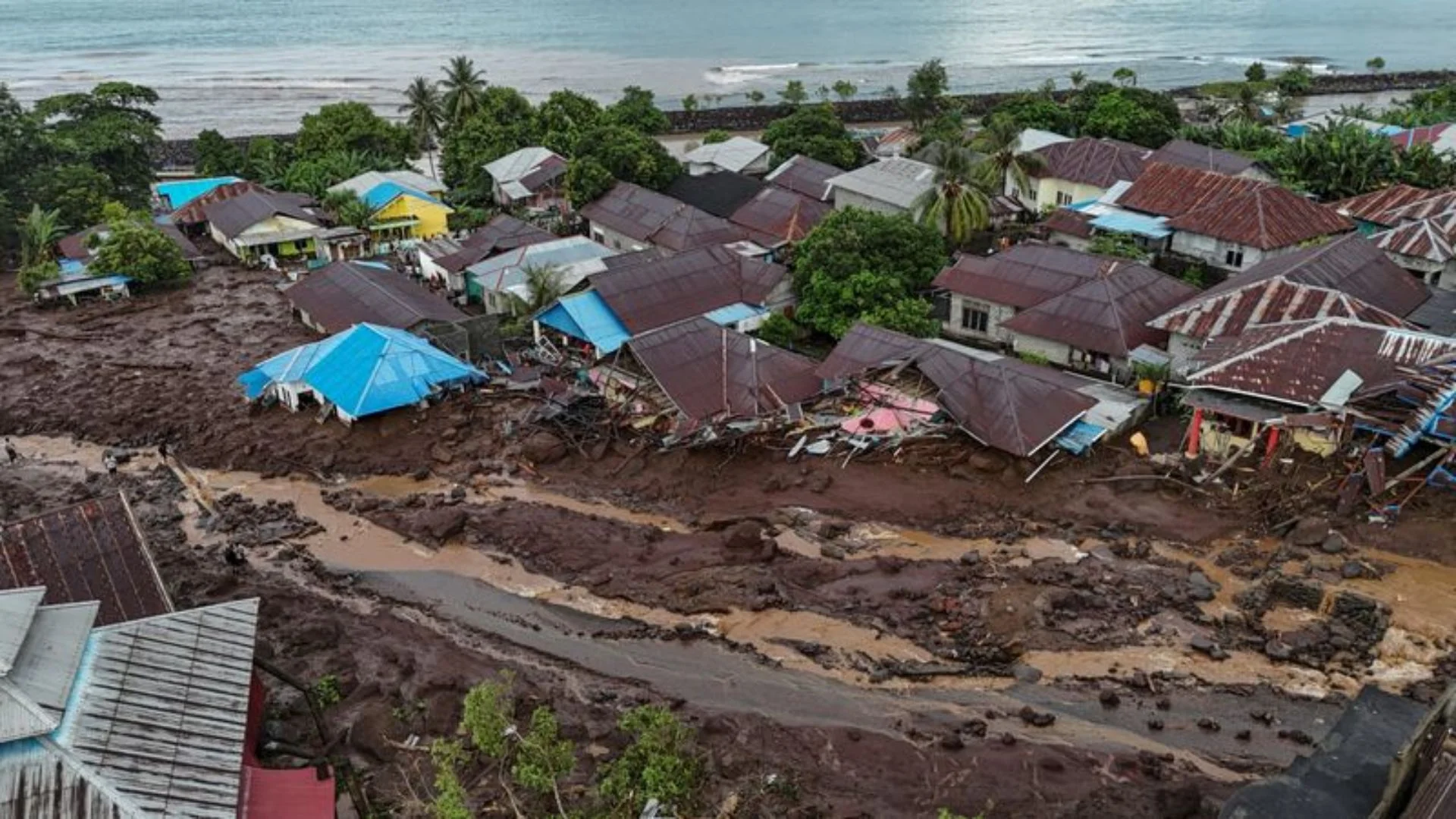Getting enough water for farming is one of the main problems faced by the farmers in Bhutan. Even though the situation has persisted for a while for the farmers in Trashigang’s Leyphu village, it is no longer an issue. The villagers have discovered a straightforward solution, which entails harvesting and storing water in pits lined with tarpaulin sheets, Bhutan Live reported.
This low-cost method has enabled farmers to cultivate vegetables even in the dry winter months. One of the villagers, Shacha Dorji told Bhutan Live that although he struggled to cultivate much last year, he still made around Nu 8,000. “I increased my vegetable cultivation this year, and I intend to enhance it even more next year,” he added. These farmers began using this novel method of water storage in 2021, only after the Agricultural Research and Development Centre (ARDC) introduced them to it. In addition to collecting rainwater, the farmers occasionally add water from the drinking water supply to the ponds.
Prior to the invention of the tarpaulin ponds, people used groundwater for their gardening needs. But they claim that not everyone received enough water.
Prior to the invention of the tarpaulin ponds, people used groundwater for their gardening needs. But they claim that not everyone received enough.
“Earlier, we were unable to cultivate anything owing to the water shortage. We lacked even adequate water for drinking. It was a serious issue. Selling vegetables would bring in about Nu 8,000 to Nu 9,000. Nonetheless, I made about Nu 25,000 last year,” said another farmer Lham Youden.
Although farmers in Bhutan grow a variety of vegetables, they primarily grow beans and asparagus.
The ARDC in Wangdue Phodrang not only offered the farmers technical assistance, but also free tarpaulins and water lines.
Several areas in Bhutan have been dealing with a significant water shortage. Notably, in February earlier this year, DeSuung Water Project was started in Bhutan’s Martshala Gewog, a village block of Samdrup Jongkhar District.
The residents of Thizor, Gorthongma, and Gaywong villages have been struggling to get adequate water, reported Bhutan Live.
A local resident told Bhutan Live that water was not enough for drinking, washing and feeding animals right now. But after the DeSuung Water Project the people hope of getting enough water, Bhutan Live reported.















